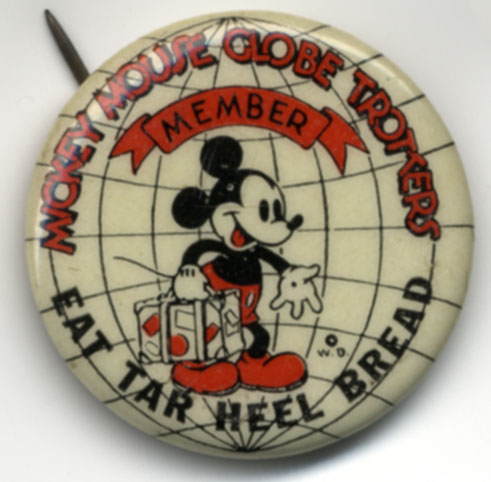Unsettling news indeed: The “well-being” of North Carolinians reportedly ranks 36th in the nation. Gallup’s composite index weighs 20 factors, such as stress, obesity, job satisfaction, nighttime safety, happiness…. Happiness? Tar Heels come up short in happiness?
Why, it hasn’t been that long ago — the ’70s, actually — that John Shelton Reed was explaining why no less than 90 percent of North Carolinians considered their state “the best, all things considered.” In sum: nice neighbors, nice weather. (Among the dozen other states studied, Massachusetts came in last at 40 percent.)
Mt. Airy native Donna Fargo even claimed the title of “Happiest Girl in the Whole U.S.A.”
So what happened? In the intervening four decades, have newcomers from Massachusetts been stealthily U-Hauling their gloom and naysaying past the interstate welcome centers? Or are 21st century North Carolinians simply unhappy, for whatever reason, in a state they may still consider the best?
Gallup asked, “Did you experience feelings of happiness during a lot of the day yesterday?” For reasons I’m sure make sense in the opinion-harvesting community, the results are presented by congressional district. Thus, North Carolina’s happiest districts are Four (Durham, Chapel Hill) and Nine (Charlotte region minus Charlotte), both at 90 percent “yes.” Its unhappiest district: Seven (Wilmington, part of Fayetteville) at 84 percent.
Finally, this caught my eye: In response to “Are you satisfied with the city or area where you live?” the 94 percent yes in North Carolina’s District Four was topped only by the 95 percent yes in California’s District 48.
Curse you, Laguna Beach.


